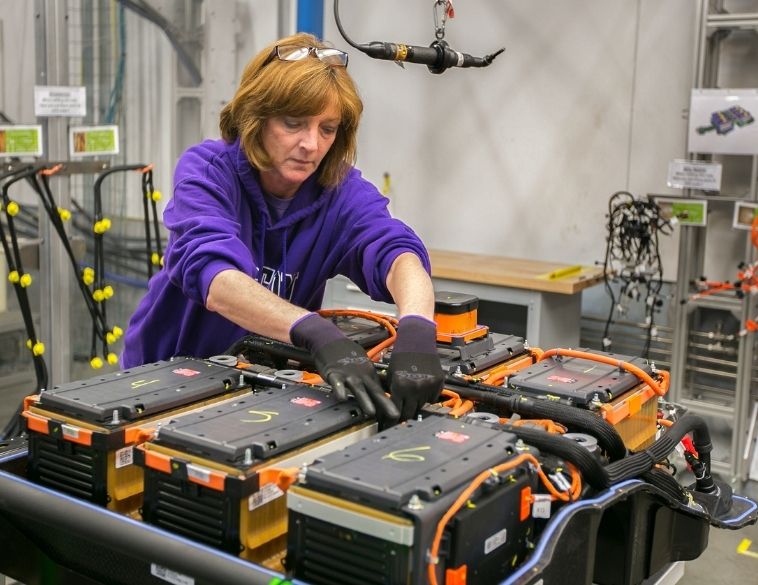- Staff
- #1
- Joined
- Oct 21, 2006
- Messages
- 48,070
- Reaction score
- 32,180
- Location
- Edmonton/Sherwood Park
- Website
- www.bumpertobumper.ca
EV Battery Disruptions on the Horizon
19 May 2022Peter-James Gregory
Autosphere » Dealerships » EV Battery Disruptions on the Horizon

Rising costs and supply disruptions could have long term implications when it comes to mass EV adoption. PHOTO General Motors
Lithium-ion (Li-ion) batteries require a complex mix of raw materials. This impacts cost and the Li-ion battery is the most expensive single component of an EV.
A 2019 analysis showed the battery was 57% of the total vehicle cost for a midsize US EV in 2015, dropping to 33% in 2019, and predicted to drop to 20% by 2025. Unfortunately, current variables in the supply chain indicate the 2025 prediction will not be realized.
Pause or reverse?
The rising costs of key raw materials will pause or reverse the trend identified in the 2019 analysis. Russia supplies up to 20% of the high-grade nickel required for EV batteries. With the war putting supplies at risk, nickel prices spiked 67% in early March, increasing the average input cost per EV by US$1,000. However, the price of nickel was already rising in 2021 and one analyst warned that demand is likely to outstrip supply by 2024. His message has been echoed by many other analysts at respected organizations.Nickel is not the only problem. The prices of lithium and other raw materials are also rising, and this trend was already visible in 2021.
International Energy Agency (IEA) data shows an electric vehicle requires almost six times the amount of minerals required by an ICE powered vehicle. In 2021, the IEA warned that risks of price volatility and supply disruptions exist, along with a further risk that projected future demand for various minerals will not be met.
Highly concentrated
Unlike oil that is produced by many nations around the world and has huge known reserves, production and processing of key minerals required for EVs, such as lithium, cobalt, and rare earth elements, are highly concentrated in a handful of countries. The top three producers account for more than 75% of supplies (source).The Democratic Republic of Congo (DRC) is the world’s largest primary producer of cobalt. Some 70% of the world’s cobalt is produced by the DRC. Chinese companies own 8 of the 14 largest cobalt mines in the DRC and, overall, they own or finance 15 of the 19 cobalt producing mines in the DRC. Chinese companies are also aggressively purchasing mining assets in South America, a major source for lithium. In addition, China controls the processing of approximately 60% of the world’s lithium, 35% of nickel, 65% of cobalt, and more than 85% of rare earth elements, all raw materials for EVs.
China’s dominance in raw materials feeds a hungry giant, worth more than General Motors and Ford combined, and the world’s largest maker of EV batteries, Contemporary Amperex Technology Company Limited (CATL). In 2021, CATL supplied almost 33% of EV batteries worldwide. They supply Tesla, Peugeot, Hyundai, Honda, BMW, Toyota, Volkswagen, and Volvo, and are in discussions with Ford about supplying batteries for EV production in Canada.
Another Chinese company, BYD, supplies some 7% of the worlds EV batteries. Together, CATL and BYD supply approximately 40% of the worlds EV batteries.




